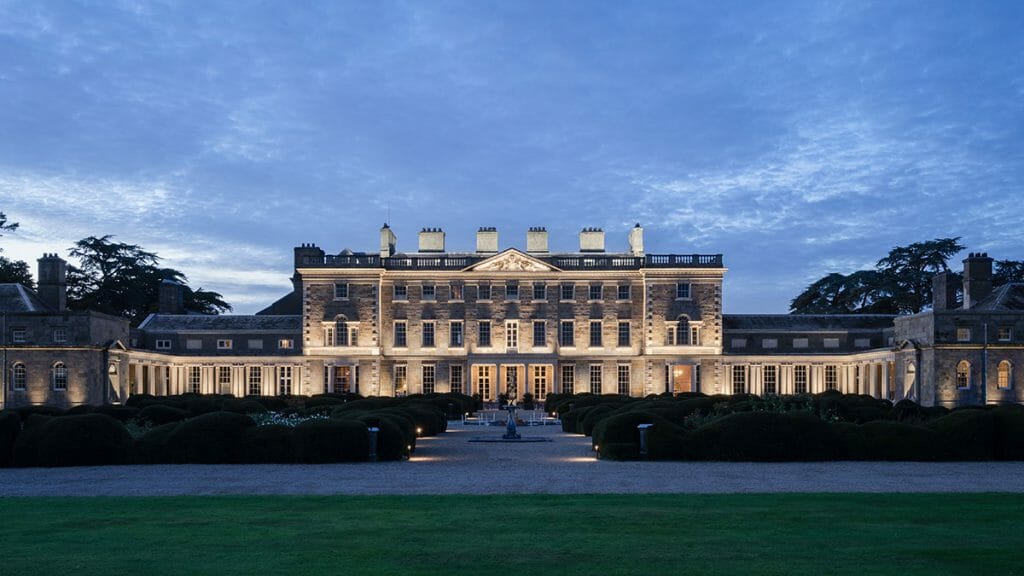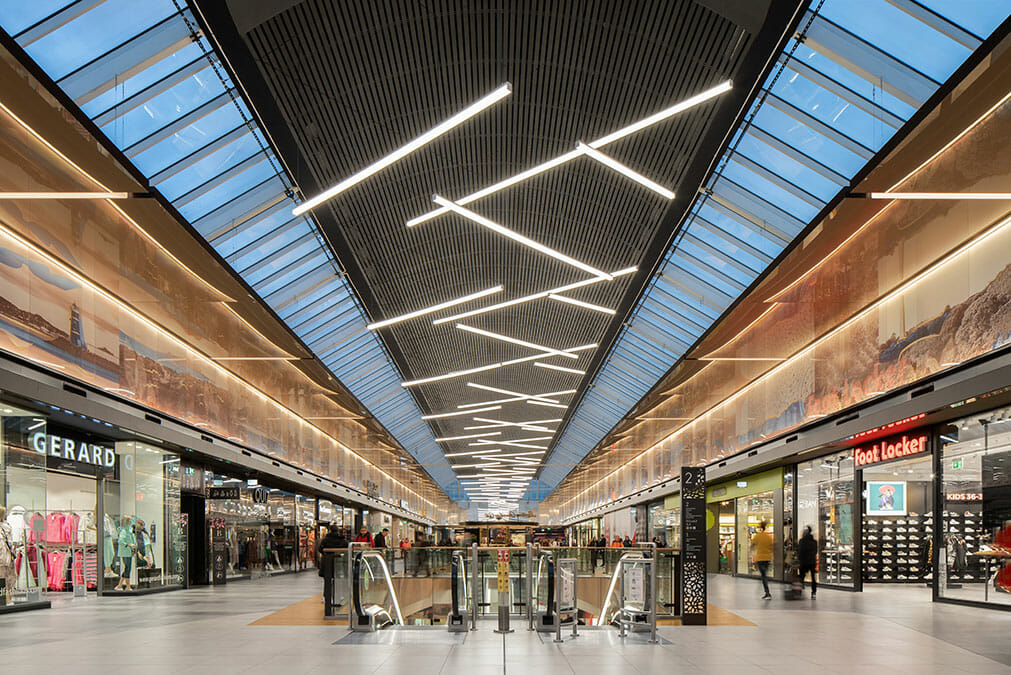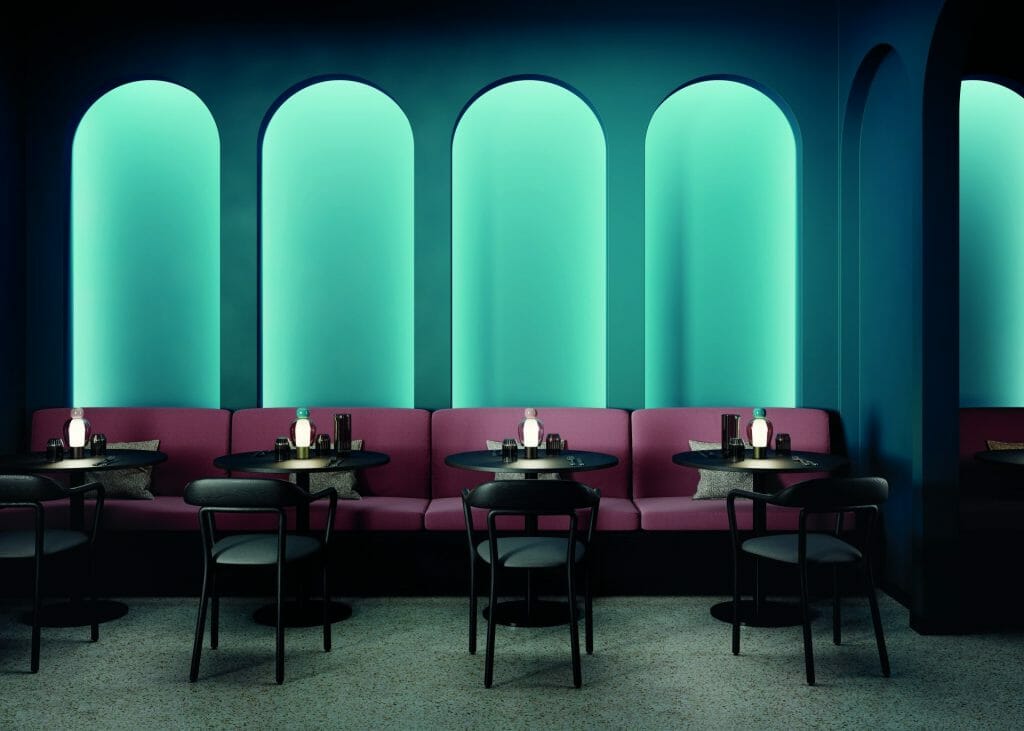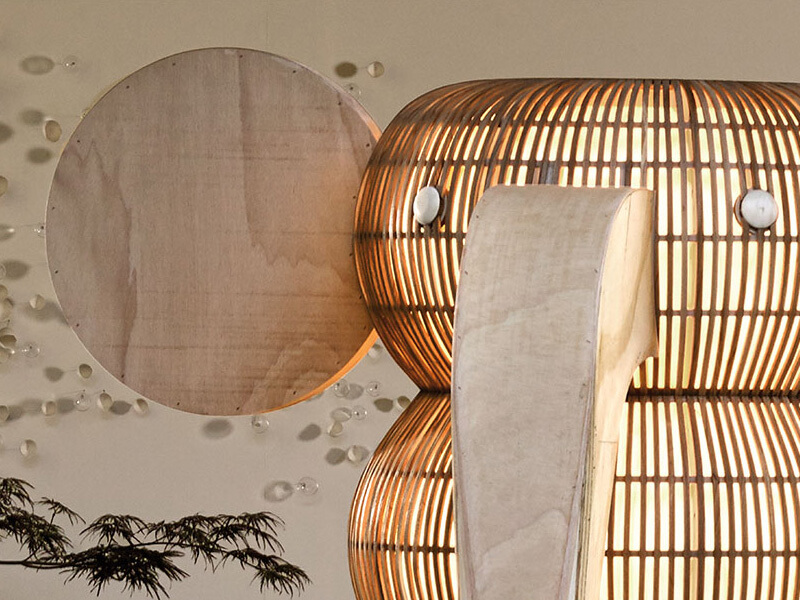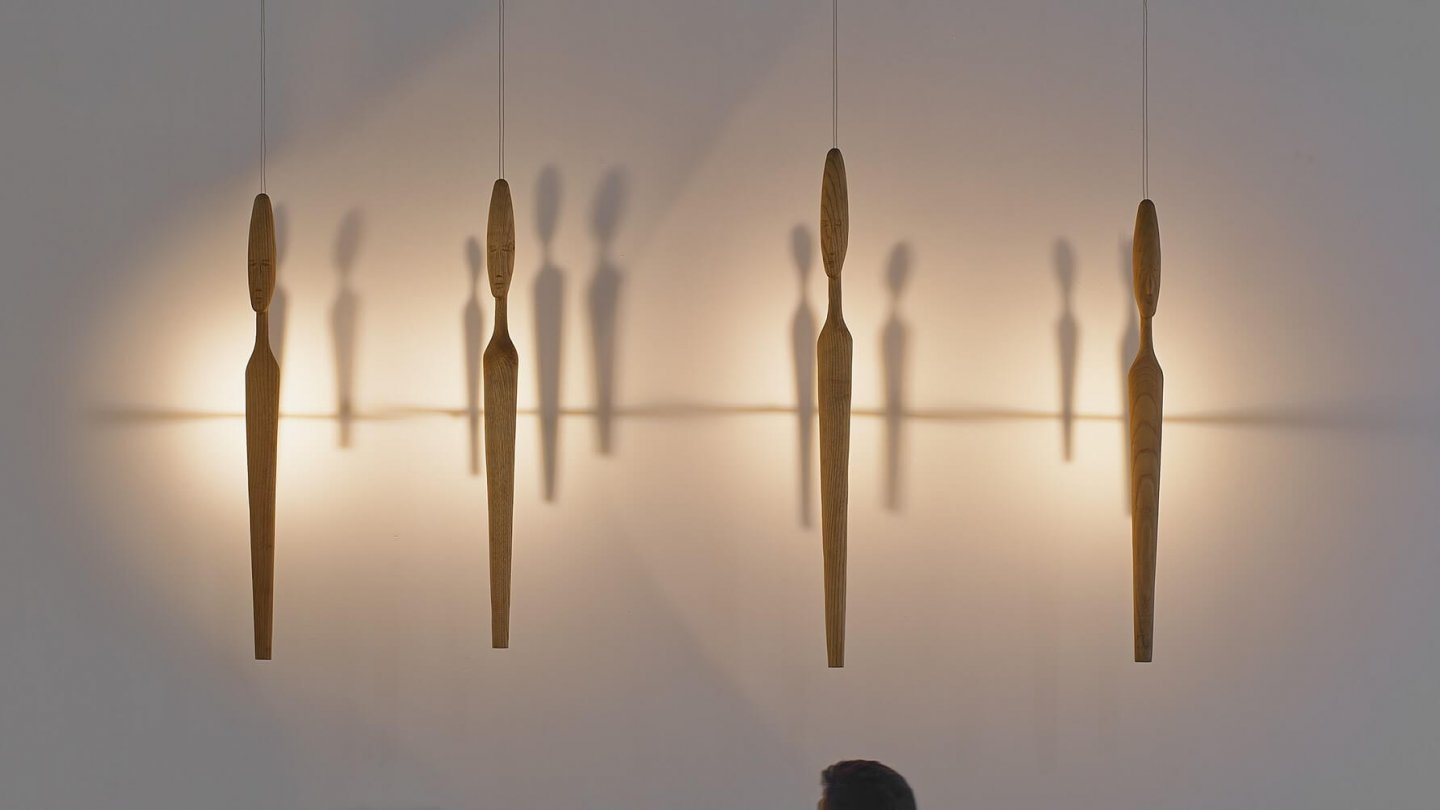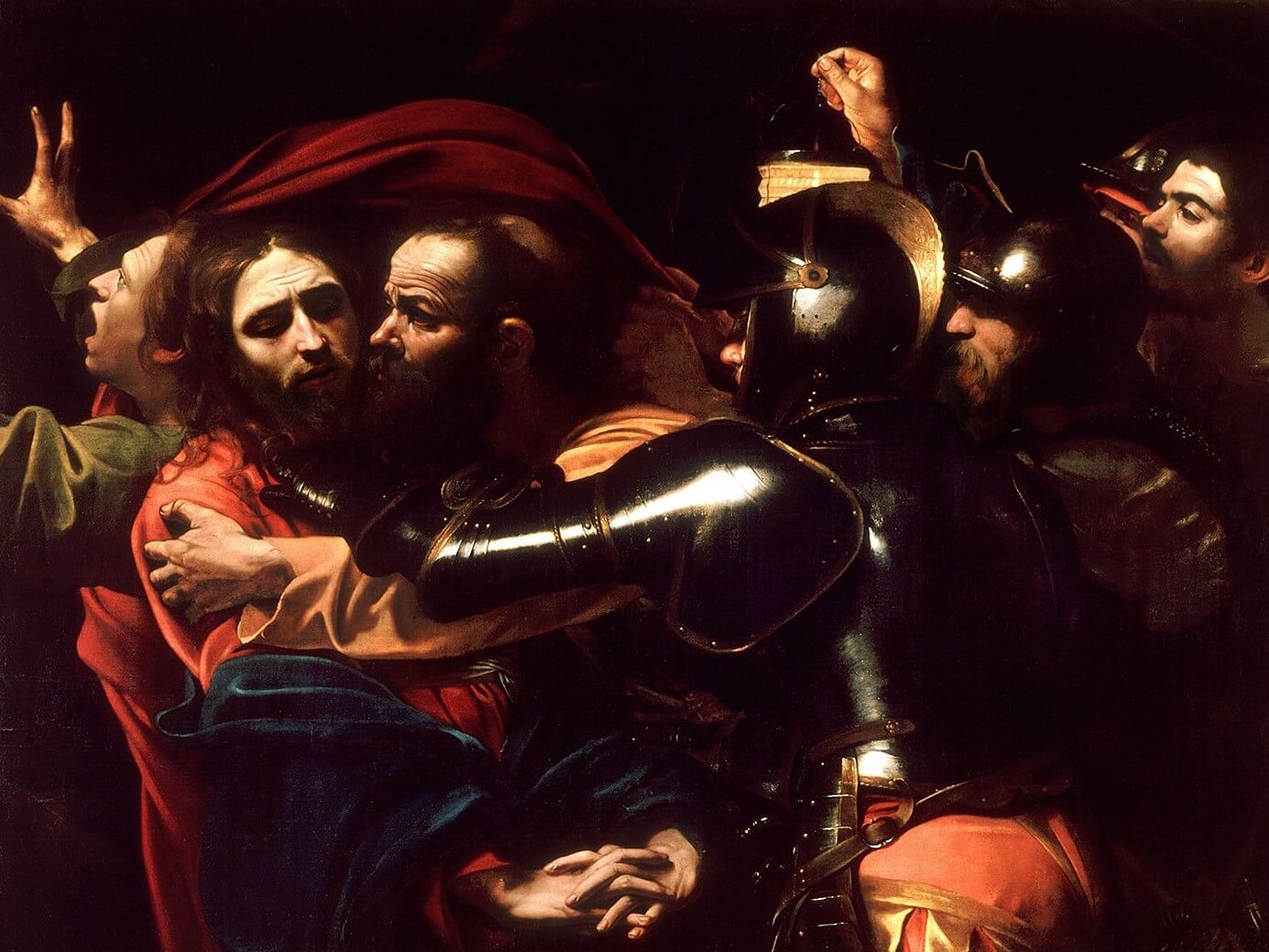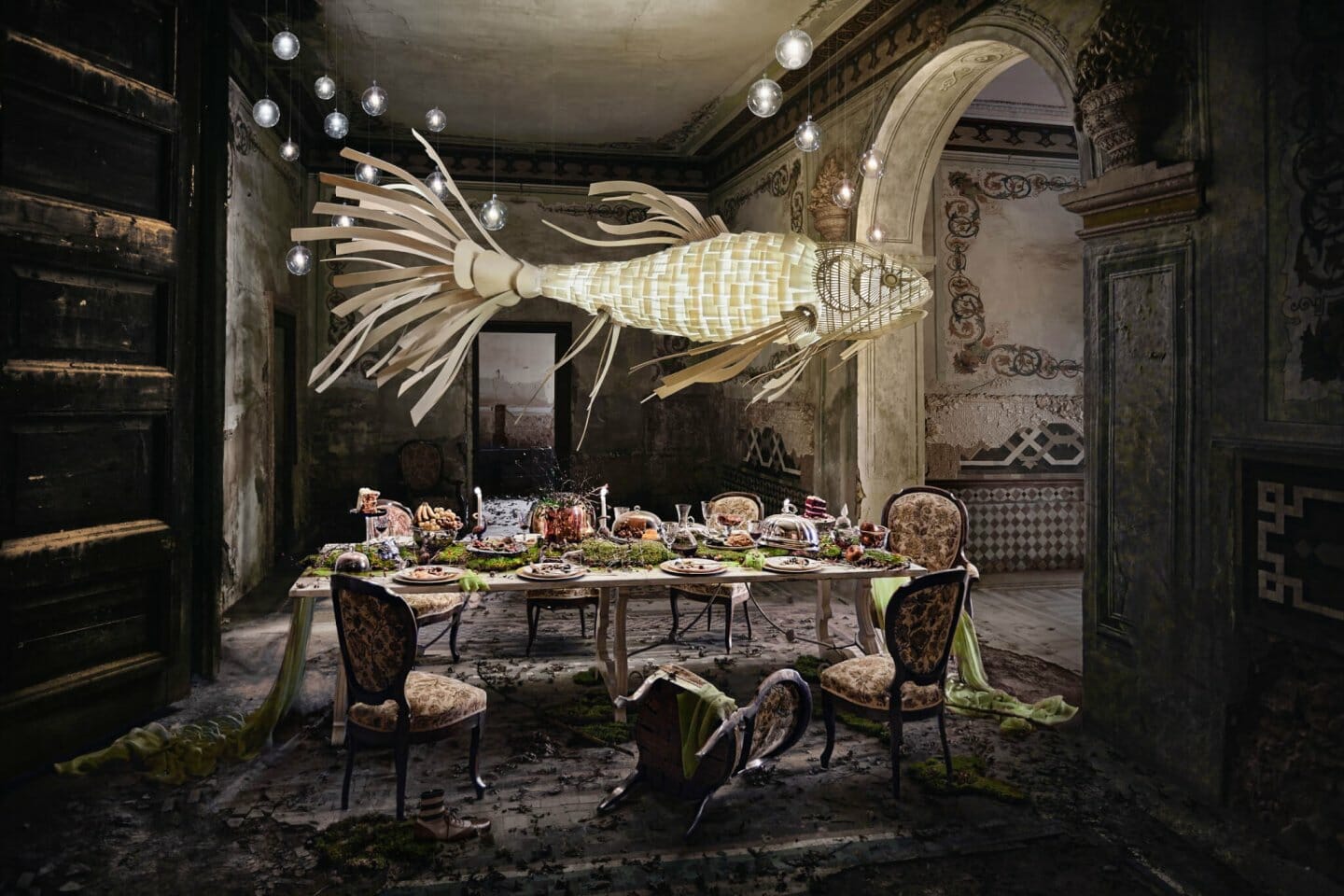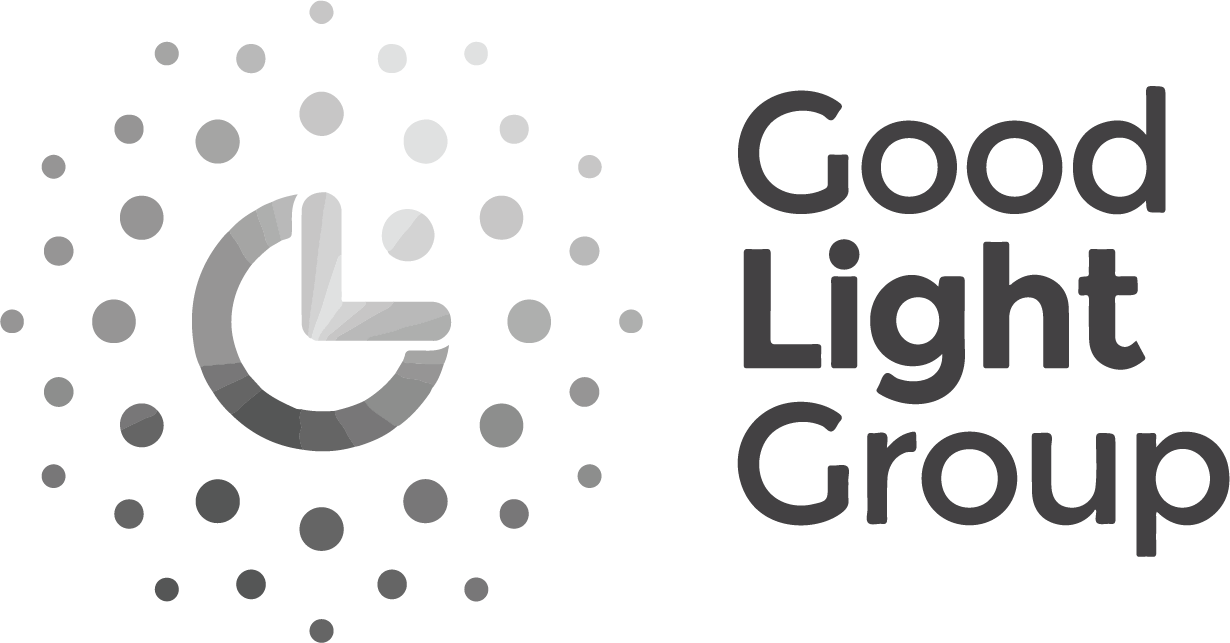- Contact us to discuss our residential design packages
- Shop
- Design
- Inspire
- About
- About
- Blog
- Light Inspired by Art

- March 4, 2019
- Willie Duggan
This summer marks two years since I graduated NCAD as a mature student with a BA (hons) degree in Visual Culture. With its origins firmly embedded in history of Art “Visual Culture” focuses on the impact images and objects have in our day to day lives. Not only did this field of study give me the tools to deconstruct our day to day surroundings it also gave me the tools to unpack the message hidden within images, opening up conversations about the world we live in.
We are living in such a visual time right now and our brains are being bombarded with digital images like never before. In a world of cross mediation, one single image can serve a multitude of purpose that can appear in a host of settings and mean different things to different people. What fascinates me about the messages hidden within art and design is the cross over between trends that revert back to basic ideologies of creating atmospheric movement that centre around light.
I’m inspired by the old principles of Chiaroscuro that dates back to the 17th century, the world of lighting and design. Lighting plays such a crucial role throughout art history as it has the ability to change the narrative of a painting, room or building. Whether it be dramatic and mysterious to relaxing and sublime. Personally, I love how light is portrayed and dictates the atmosphere and mood not only in paintings but in architecture. With the use of striking contrasts between light and shade, it is in organic and natural transitions that the basic principles of Chiaroscuro would work so well. Take Caravaggio’s most famous painting “The taking of Christ” that is housed in the National Gallery of Ireland – this complex oil painting that is heavy with meaning is the perfect example of how lighting can control the atmosphere. Only the moon lights the scene, although the man at the far right is holding a lantern that is the only source of illumination to highlight the expressive figures as Judas betrays Christ. The scene is set by light and shows us the importance light has to create atmosphere.

The word Chiaroscuro itself is Italian, and roughly means, “light and dark.” It was first used to describe a type of drawing on medium-dark paper where the artist created both darker areas with ink and lighter areas with white paint. Painters like Rembrandt and Caravaggio used it to create dramatic effects. This technique and discipline spread into cinema and heavily influenced film noir where the use of light and lighting became a fundamental part of the narrative. The use of chiaroscuro in painting may have peaked several centuries ago but the play on light verses dark is still used today to create atmosphere and set the scene. Personally, I love how light and lighting is used to create atmosphere, not only does it highlight the structures of a building or room it sets the tone and mood that gives a space a purpose to achieve its true potential. For example, when we look at makeup artistry contouring has become a central technique to highlight one’s best features, it uses the basic principles of light and dark to create an illusion and enhance the face or body. When we take this example and replace it with a building or room, light draws attention to textures, colours and forms within a space.

Lighting plays a vital role in the way people interact and experience a space. Furthermore, it brings an emotional attachment to a space that tells us how we should be feeling. Again, I reference Caravaggio and the taking of Christ where the light and dark contrast gives a scene of panic and drama that is felt by the viewer – the one light captures the melodramatic narrative that draws on our consciousness. Not only does lighting set the atmosphere; lighting has the ability to contour a wall, brighten up a dark space and lighting has the ability to create its very own narrative. Bringing something to life that plays with movement and our senses. I recently experienced a night time flight with Aerlingus. The ambient mood lighting with calming, cool blue hues not only set the tone for the flight, it is a sign that Aerlingus understands the importance of the lighting, hinting to us on how we should be feeling.
What is at stake here is choosing the perfect lighting that enhances a space. Choosing the perfect lighting is fundamental for a design that plays on the vision of the client. Lighting needs to be able to play with our senses. However, choosing the wrong lighting can not only ruin a project it can set the wrong tone and atmosphere that can destroy the best of designs. Lighting is a tool that enhances creative compositions that allows us to play with space. Ambient, accent and task lighting is our paintbrush. It gives us more power to be creative on a grander scale than that of a canvas and outside the realm of reading about art, to that of being totally immersive.
- Design
- Art, Arturo Alvarez, Creativity, Design, Interior Design, Interiors Trends, Light Art, Light Design, Lighting, LZF

About Willie Duggan
Willie grew up in the family business, stacking boxes, wiring fittings and making deliveries. He went on to study engineering and then lighting design. After working as a lighting designer in London he returned to lead our design team. You can also find Willie chasing a ball round the rugby pitch, at a gig or threading the boards on stage.
Browse by category
Browse by tag
- #IDSW2019
- 2019
- 2021
- 2022 Award Winners
- 48 volt track
- About Us
- Ambient Lighting
- Architect
- Art
- Arturo Alvarez
- Awards
- Bathrom
- Bathroom
- Bathroom Design
- Bathroom Lighting
- Baynetcap
- bedroom lighting
- Behind the Scenes
- Biophilia
- Biophilic Design
- Blanchardstown Shopping Centre
- Blog Post
- Blue
- Brands
- building materials
- bulbs
- Carton House
- church design
- Colour
- Comfort Lighting
- commercial
- commercial design
- Contract Interiors
- cost
- Cottage Design
- Creativity
- Deconstructing
- decorative lighting
- Denise O'Connor
- Design
- Design Team
- Details
- Dining Space Lighting
- Downlighting
- downlights
- E14
- electrician
- Electrics
- Emotion
- Emotional Lighting
- enviromentally friendly
- Estluz Laverd
- Exhibitions
- Experience
- experiential showroom
- Exterior Lighting
- external lighting
- eyelit65R
- Festoon Lighting
- Finalists
- Finances
- first fix
- five star hotel
- floor lamp
- Floor Light
- Floor Plan
- flooring
- functional lighting
- Garden
- Garden Lighting
- Getting the lighting right
- Glare
- GU10
- guide
- Haberdashery
- Hard Wood Flooring
- healthy lighting
- Heart of the home
- hidden lighting
- hints
- Home
- Home renovation
- house design
- Hypro
- Illuminated Furniture
- IMNDA
- importance of windows
- inchsawmills
- Interior Design
- Interior Lighting Design
- Interiors Trends
- International Dark Sky Week 2019
- internorm
- IP Rating
- Irish Times
- Ivela
- Jan Battles
- kitchen
- Kitchen Design
- Kitchen lighting
- Kitchen Squeeze
- Lampshades
- Landscape Lighting
- Layers of Light
- LED
- LEED
- Light
- light and health
- Light Art
- Light Brands
- Light Design
- Light Effects
- Light Fitting
- light masterplanning
- Light Pollution
- Light Technology
- lightbulbs
- Lighting
- Lighting Company
- lighting controls
- Lighting Design
- lighting designer
- Lighting Designers
- Lighting Plan
- Lighting Products
- lighting switches
- lighting tips
- LIT awards
- Living Space Lighting
- LND
- LZF
- Minimal Glare
- Monica Duggan
- mood lighting
- Motor Neurone Ireland
- munster joinery
- Nest
- new build
- New Year
- new york
- newbuild
- Newsletter
- night time lighting
- NYCxDESIGN
- Online Consultation
- Open Plan Space
- Our Team
- Outdoor
- Outdoor Lighting
- Parquet FLooring
- pendant light
- Pendants
- Piet Oudolf
- plastering
- plumbing
- Power of Switching
- Prolicht
- recessed lighting
- reducer
- reflections
- renovate
- Renovation
- Residential Lighting
- Residential lighting design
- retail
- Retro Fit
- riai
- salvaging
- scene setting
- Self build
- Self Build Newsletter
- selfbuild
- senator
- shadows
- sonos
- spacer
- Spotlights
- st bartholomews church
- Studio Italia
- sustainable
- sustainable building
- switching
- table lamp
- Table Light
- talalighting
- Task Lighting
- The Irish Times
- timber frame
- tips
- Trend
- tricks
- UGR
- Unified Glare Rating
- voliere
- willie duggan
- willieduggan
- Windows
- wiring





- Inspire
